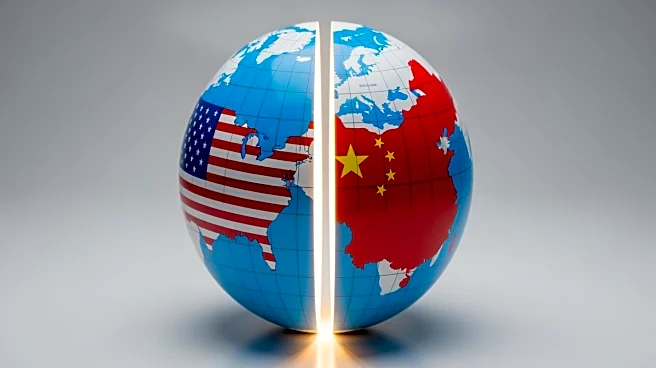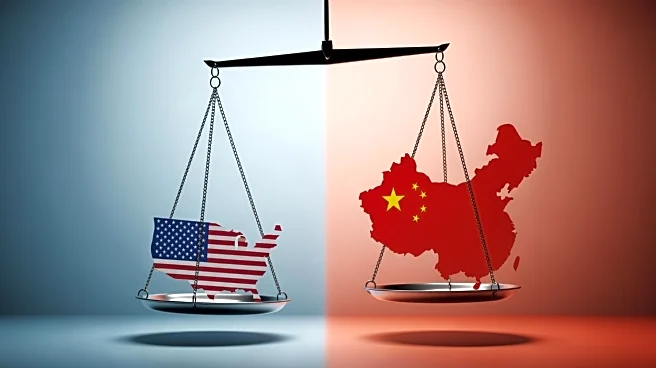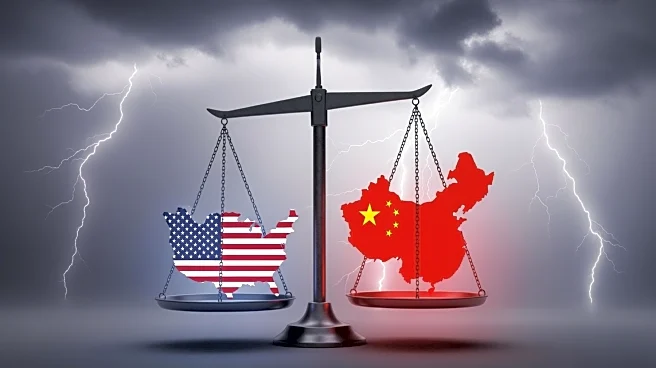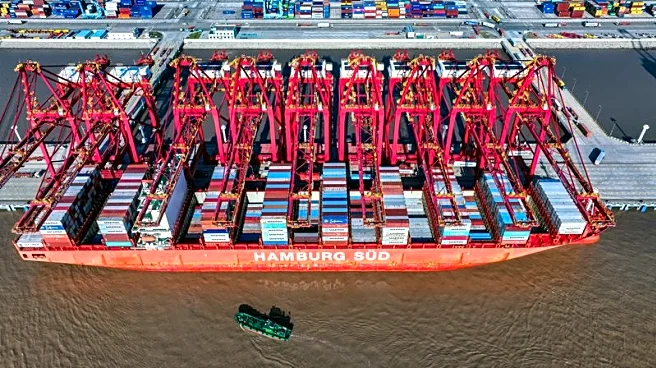What's Happening?
President Donald Trump has expressed a desire to de-escalate the ongoing trade tensions between the United States and China. In a recent interview with Fox News, Trump stated that he is 'not looking to destroy China,' despite having previously imposed
a 100% tariff on Chinese goods and software restrictions. These measures were in response to China's control over the global supply of rare earths and its tighter export controls. Trump acknowledged the unsustainability of the current triple-digit tariffs and emphasized the need for a fair trade deal. Treasury Secretary Scott Bessent is scheduled to meet with Chinese Vice Premier He Lifeng to continue negotiations, with a meeting between Trump and Chinese President Xi Jinping planned for later this month at a regional economic summit in South Korea.
Why It's Important?
The U.S.-China trade war has significant implications for global markets and industries. The imposition of high tariffs and export controls affects a wide range of sectors, including technology and manufacturing, which rely on rare earth materials. The fluctuating trade policies have led to market volatility, impacting stock prices and investor confidence. A resolution to the trade tensions could stabilize markets and foster economic growth. However, the ongoing disputes highlight the strategic economic competition between the two nations, with potential long-term effects on global trade dynamics and supply chains.
What's Next?
As negotiations continue, the upcoming meeting between President Trump and President Xi Jinping could be pivotal in determining the future of U.S.-China trade relations. Stakeholders, including businesses and investors, will be closely monitoring the outcomes of these discussions. A successful resolution could lead to the lifting of tariffs and a more stable trade environment, while continued tensions may result in further economic disruptions. The international community will also be watching for any shifts in trade policies that could affect global economic stability.














